Isoflavones are substances from the group of plant estrogens - phytoestrogens. They have a similar effect to female sex hormones, but are not steroids. Isoflavones act as both estrogens and anti-estrogens. They have the most powerful effect among plant estrogens.
Benefits of Isoflavones
Isoflavones have a number of benefits. They act as antioxidants and anticarcinogens and strengthen the immune system. Isoflavones act as estrogens, because they have an estrogen-like effect and as antiestrogens, because they compete with endogenous estrogen for estrogen receptors and after binding to them, act as antiestrogens.
Thanks to all these actions, isoflavones play a very important role in the prevention of cardiovascular diseases; relieve menopausal symptoms; prevent the development of osteoporosis and some cancers.
Scientists have long noticed that the population of Asian countries is less likely to suffer from heart problems, some types of cancer and the symptoms of menopause in women are much milder.
It becomes clear, that the cause is the consumption of soy isoflavones. Isoflavones support the maintenance of functional estrogen levels in women over 40 years of age. They support the natural hormonal balance during and after menopause.
In the period of menopause, the ovarian hormonal function is gradually extinguished and the level of estrogens in the blood decreases.
This decrease is associated with a number of unpleasant symptoms such as hot flashes, tension, palpitations, mood swings, etc.
In Asian countries, where soy consumption is much greater, the symptoms are much milder and in Japan the term hot flashes practically does not exist.
Isoflavones lower the level of total cholesterol and triglycerides in the blood and improve the elasticity of arteries.
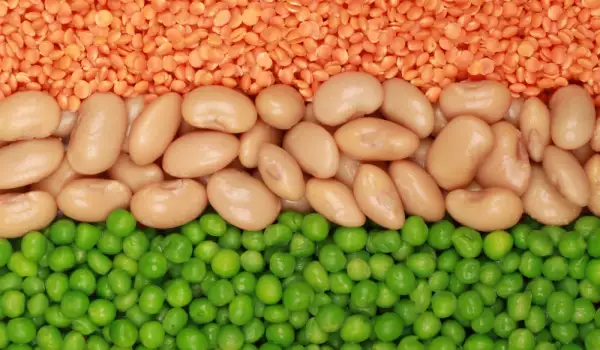
Sources of isoflavones
The most potent source of natural isoflavones is soy. Serious accumulation of isoflavones is found in grains, fruit, pods, roots and leaves of plants. Rich in isoflavones are rye, wheat, beans, lentils, corn, chickpeas.
Soy isoflavones are weak estrogens and the most important of them for human health are genistein and daidzen. Part of these two valuable isoflavones are found in the free state in soybeans and another part is bound to glucose.
In soy foods, the concentration of isoflavones is high, reaching 3 mg/year. The ratios and amounts of the main two types of isoflavones vary, but all soy products such as soymilk, tofu, miso and tempeh are a very rich source. Isoflavones are relatively stable substances and do not break down during cooking.

Isoflavone supplements
There are a number of soy isoflavone supplements available in stores. They should be taken as directed on the package. These supplements are not recommended for pregnant women, nursing mothers and children.
The recommended daily dose should not be exceeded to avoid unwanted side effects. In most cases, the recommended daily dose is 2000 mg.
Damage from isoflavones
The opinions of different scientists about the influence of phytoestrogens, in particular isoflavones, are contradictory. Some of them are of the opinion, that excessive use of plant hormones can seriously harm women's health.
Scientists warn women not to overindulge in soy products, because too much estrogen in the body increases the risk of breast cancer.
The claim that isoflavones can stimulate the growth of pre-existing estrogen-sensitive breast tumors is still controversial.
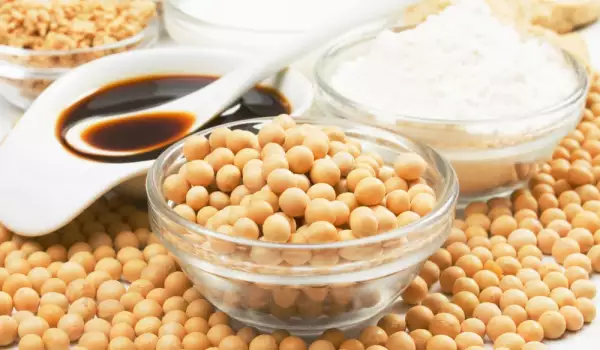
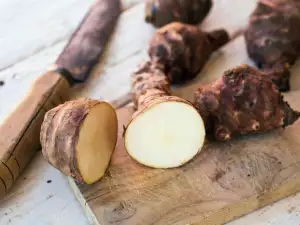
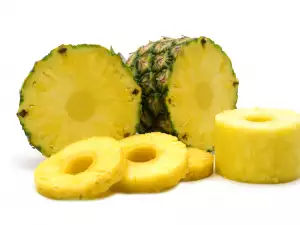



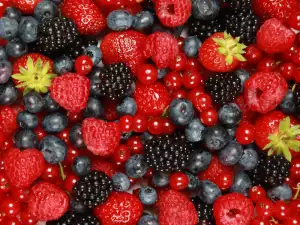


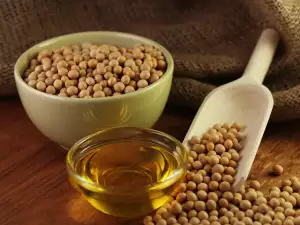
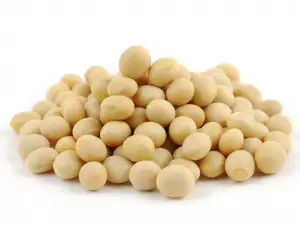
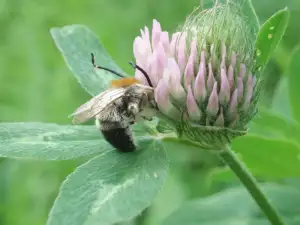
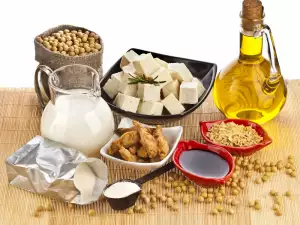
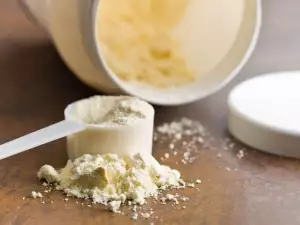
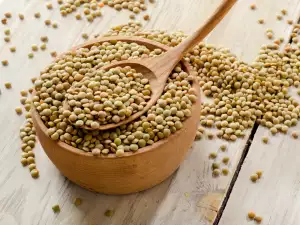

Comments